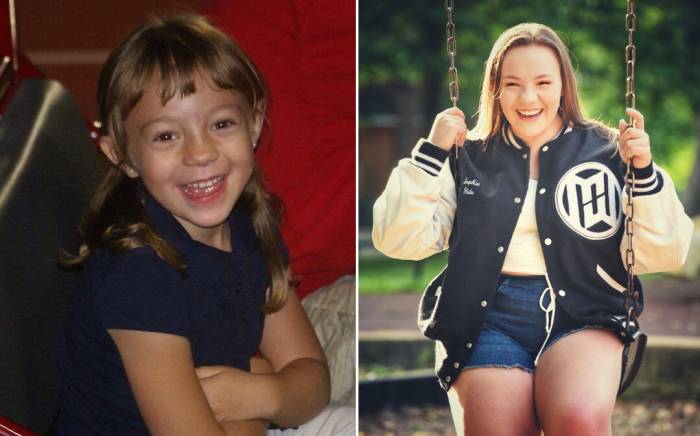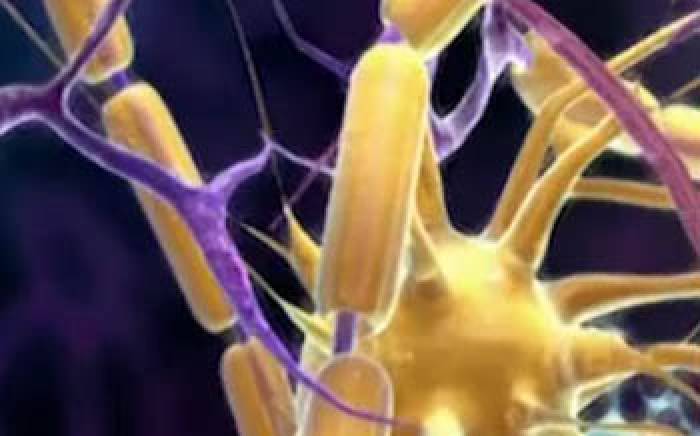What are mesial temporal seizures?
Partial complex seizures often arise from the deepest (“mesial”) aspect of the temporal lobe, an area that includes the amygdala and hippocampus. An MRI in these patients may show scarring of the mesial temporal lobe suggestive of mesial temporal sclerosis (MTS). In addition to electroencephalogram (EEG) and MRI, single photon emission computed tomography (SPECT) and positron emission tomography (PET) scans may also be performed to verify the area of seizure onset.
Outlook for patients with mesial temporal seizures
Many patients have a “concordant” evaluation, indicating that the EEG, MRI, and SPECT or PET all implicate the mesial temporal lobe as the area of seizure origin. In these cases, surgery is often a good treatment option. In fact, patients with a concordant evaluation can expect a nearly 80% chance of seizure freedom postoperatively.
Anterior temporal lobectomy: What to expect
Several surgical options exist for the treatment of mesial temporal seizures, and we tailor the operation to each patient. However, the most commonly performed operation is the anterior temporal lobectomy:
- This operation is performed under general anesthesia and takes about four to five hours.
- A question-mark-shape incision is made starting just in front of the ear and extends backwards above the ear and then forward toward the temporal area. A small window of bone is then temporarily removed.
- With the assistance of a microscope, the tip of the temporal lobe is removed, followed by the amygdala and hippocampus. A special MRI and a navigation computer are used to ensure that the appropriate amount of the hippocampus is removed.
- The bone is replaced and secured with titanium plates and screws, and the incision is closed with absorbable stitches.
- The child is awakened from anesthesia and taken to the recovery room. After overnight observation in the Intensive Care Unit (ICU), the child is transferred to our neurosurgery/neurology ward for an additional few days of recovery.
- The treating neurologist continues anticonvulsant medications. Often, it is several months until we taper those medications.









